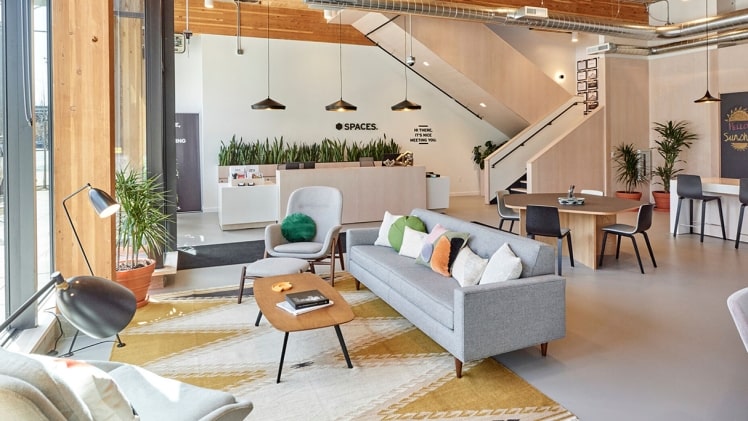The flexible office space industry is a huge part of a changing working culture in Australia. Flexspaces are a growing trend in Australia, and have been since before the pandemic when in the 12 months leading up to July 2019, there was a 41-percent year-on-year increase in the supply of flexible workspaces across the country.
But what can explain this change? Why are flexspaces, coworking spaces and similar working environments becoming increasingly popular? It can be explained by a few important factors:
1. Locations
First, these shared office space solutions are offered across all major cities and in a growing number of locations within those cities. Wherever companies are in need, there seems to be an endless amount of supply. What this means is that companies all over the country can access these services with growing ease, bringing their workplaces within easier reach of their homes so that they can achieve a better work-life balance.
What’s more, many coworking space service providers are setting up in prestigious downtown properties. This means that even those who only make use of the most basic offerings like virtual office services are getting a huge advantage in the form of a top-notch business address that makes the right impression when you’re trying to do business with new clients.
2. Flexibility
The traditional office setup brings an enormous and exponential risk factor with it, but the flexspace model takes that away completely. In a typical office, you invest in rent for a space, which you then furnish, connect to an Internet service and telecoms provider, decorate, and generally prepare for use, all of which requires a large capital investment. You also have to balance current needs with projected growth. You need to get a space that your growing team can expand into…it’s all risk!
Using flexible shared office space means you can start with single desks if that’s all you need but then expand or contract according to how your business is doing. If you’re having a hard quarter, you can scale back and cut costs, but if things are booming, you can expand. You can’t do that in a traditional setup.
3. Versatility
It’s easy to think that it’s only startups and small established companies that benefit from flexible office space, but it’s simply not true. Companies large and small are taking advantage of these flexible spaces as ways to more safely expand their office space, employ more people in different locales, and bring people together to use key facilities that their existing office space might lack.
They’re especially useful for large companies who are doing temporary projects in other cities around the country. Let’s say you have a large company based in Brisbane who needs to come to Melbourne to work with a local team there. A shared office space hired just for the duration for that project becomes a simple and elegant solution to where all the work can be done without one side feeling they are being monopolised.
4. Changing National Mood
The pandemic has created a shift in people’s mood regarding the traditional Monday-to-Friday 9-to-5 working culture. People want more flexibility and the chance to mix working from home with working in the office. Companies can use flexspace solutions to adapt to this changing mood. For instance, scaling back a large office and working on a rotational basis where a portion of the team works from home while others are in the office will allow larger organisations to work in smaller spaces. That’s terrific for the bottom line.
Flexspaces are Here to Stay
Any way that you look at it, flexspaces aren’t a fad. The concept of office spaces is likely to continue growing as the country emerges from the pandemic in the coming months and years.
Image: https://pixabay.com/photos/busy-office-ol-answer-the-phone-880800/
Read more about: teachingh
You should visit this site: magazinewallet.com

